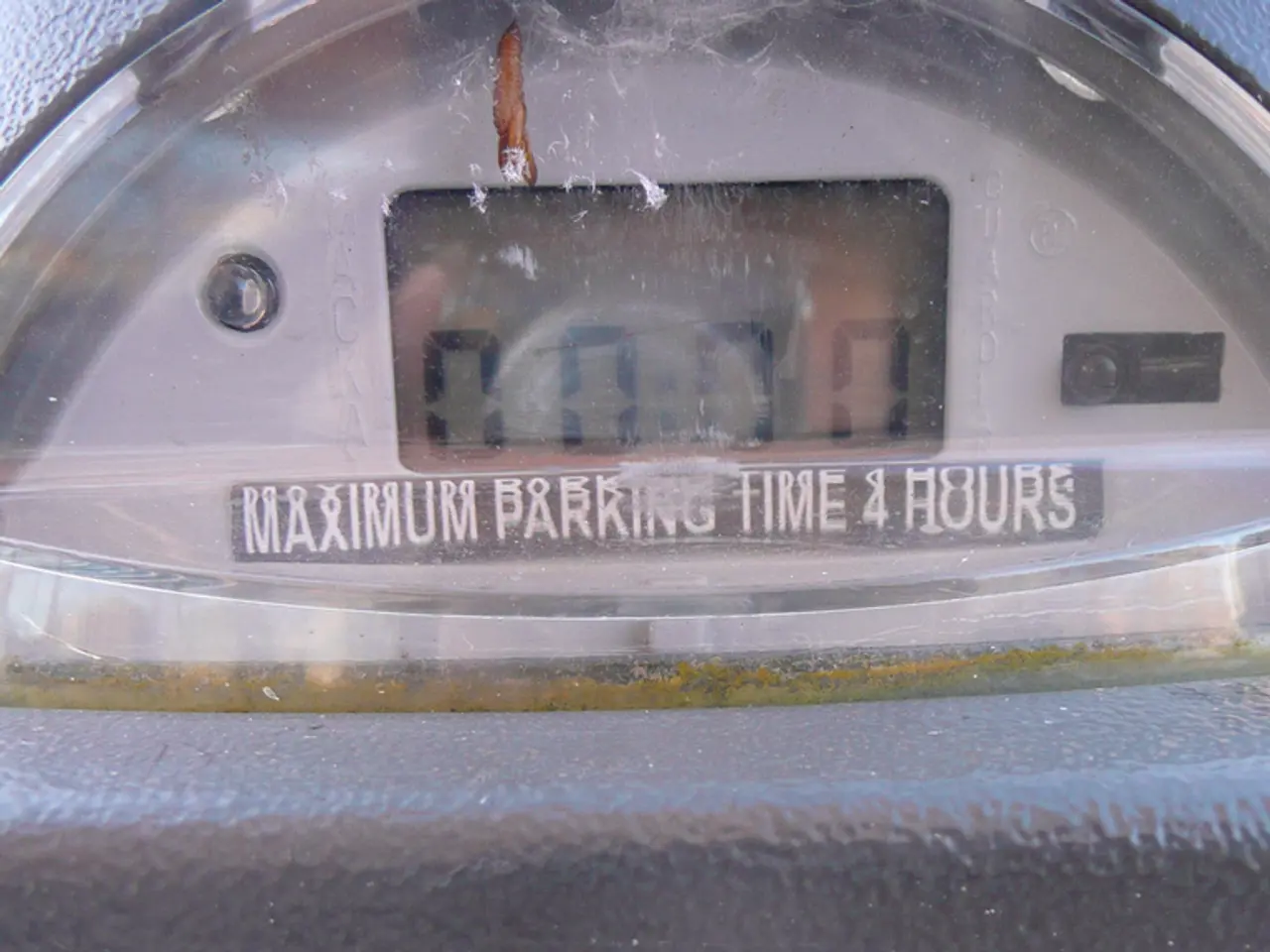Implementing Trust Without Prejudice: Understanding the Concept of Zero Trust
In today's digital landscape, the need for robust cybersecurity measures has never been more pressing. One such approach gaining traction is the Zero Trust security model, a philosophy that promotes continuous verification and least privilege access. Avery Pennarun, CEO of Tailscale and an authority on secure networking, zero-trust systems, and simplifying complex technologies, emphasizes the importance of this shift.
The Zero Trust security model is best implemented through practical, iterative steps. Here's a structured approach based on current expert guidance:
1. Establish a Zero Trust Security Foundation - Adopt the core principle: Assume no implicit trust for any user, device, or network location. Every access request must be continuously verified. - Apply least privilege access: Limit users’ and devices’ permissions strictly to what is necessary for their roles.
2. Start with Identity and Access Management (IAM) - Enforce strong authentication: Use Multi-Factor Authentication (MFA) to ensure strict verification of user identities before granting access. - Set up risk-based access control: Implement real-time risk evaluation that dynamically adjusts access permissions based on session context and behavior. - Configure secure login methods: Define login options like one-time PIN codes or third-party identity providers for streamlined authentication.
3. Network Segmentation and Policy Enforcement - Segment your network: Create micro-segments and software-defined perimeters around critical assets to prevent lateral movement inside the network. - Deploy Secure Access Service Edge (SASE) and Zero Trust Network Access (ZTNA): These enable secure, least-privilege access to applications over encrypted connections regardless of user location. - Use strong encryption: Protect all network communications and data in transit with robust encryption.
4. Device and Endpoint Security - Ensure device compliance: Continuously assess device posture before granting access (e.g., check patch level, security settings). - Enroll and monitor devices: Use tools like Cloudflare WARP or equivalent client software to securely connect devices to your zero-trust environment and enforce policies. - Install trusted certificates: To enable encrypted traffic inspection and other advanced security controls, deploy trusted root certificates on all devices.
5. Continuous Monitoring and Threat Detection - Implement visibility tools: Maintain comprehensive network and endpoint visibility to detect suspicious activities promptly. - Policy-driven enforcement: Use a central policy engine that automatically enforces security rules based on user identity, device state, threat intelligence, and behavior. - Monitor sessions constantly: Track session activity to detect anomalies and revoke access dynamically if risks arise.
6. Iterate and Expand Coverage - Begin with the most critical assets and user groups, expand zero-trust controls gradually across the enterprise. - Incorporate cloud, SaaS apps, mobile devices, and third-party access within the zero-trust perimeter as your deployment matures. - Regularly assess and update policies and security configurations to address emerging threats and changes in the environment.
Implementing zero trust is a continuous process focused on iterative improvements rather than a one-time project. As many organizations embark on this journey, it's crucial to shrink access as much as possible, granting temporary access instead of permanent access to sensitive systems. The old security model, which considered anything inside the corporate network safe and anything outside dangerous, is outdated due to advancements like Wi-Fi, cloud computing, remote work, and bring-your-own-device (BYOD).
Zero trust is not about eliminating trust entirely; it's about ensuring trust is earned every time between each pair of devices. Companies should assume breaches will happen and plan accordingly, minimizing the blast radius by segmenting data, enforcing strict permissions, and disabling lateral movement of malware. John Kindervag, a Forrester analyst, coined the term "zero trust" in 2009, but the concept had been around for years. Embracing this philosophy is a significant shift in cybersecurity thinking, found in various places, including vendor pitches, government policies, and LinkedIn posts.
Avery Pennarun, given his expertise in secure networking and zero-trust systems, would likely advocate for the iterative implementation of the Zero Trust security model in light of its emerging significance in today's cybersecurity landscape. The structured approach for implementing Zero Trust security, as per current expert guidance, includes segments like establishing a Zero Trust Security Foundation, starting with Identity and Access Management, network segmentation and policy enforcement, device and endpoint security, continuous monitoring, expanding coverage, and perpetual iteration.








